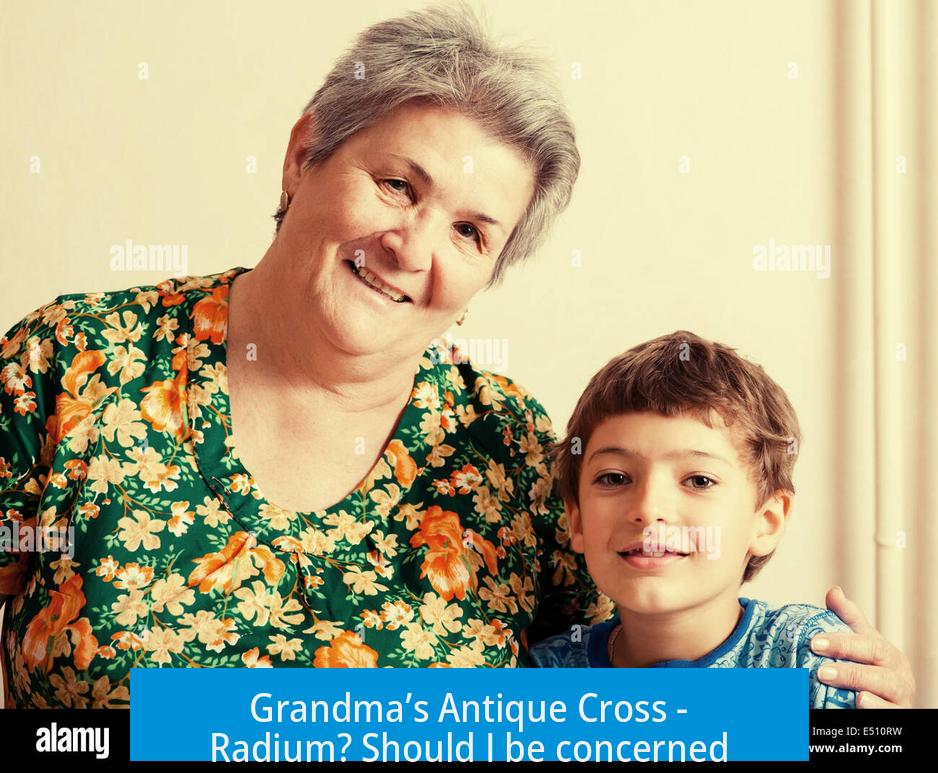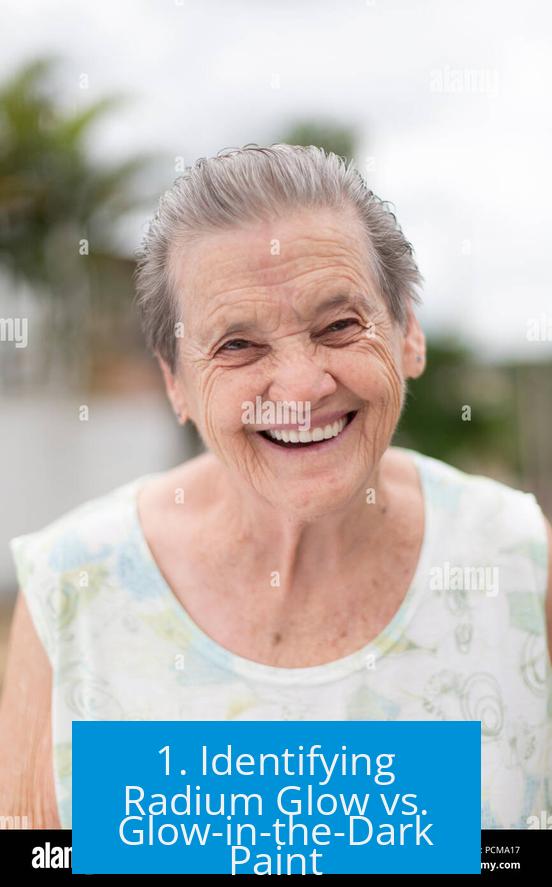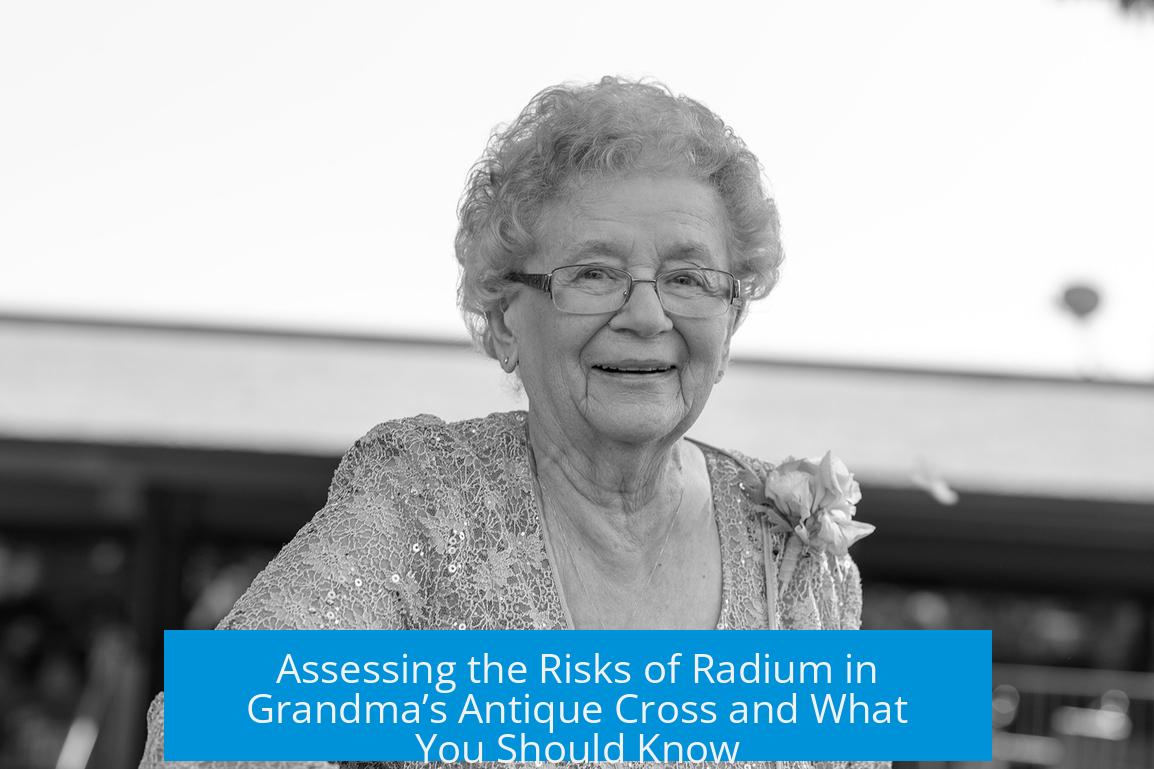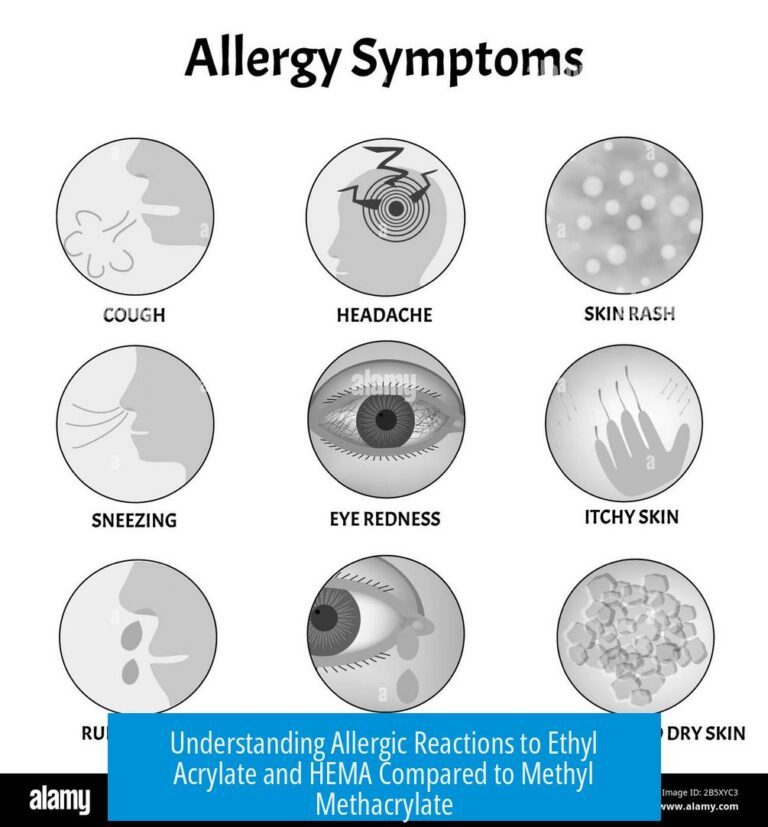Grandma’s Antique Cross – Radium? Should I be concerned?

If Grandma’s antique cross glows continuously in the dark for days without any external light exposure, it might contain radium. However, the glow may also come from a non-radioactive phosphorescent paint. Confirming radium presence requires radiation testing. Handling generally poses minimal risk if ingestion or inhalation is avoided.
1. Identifying Radium Glow vs. Glow-in-the-Dark Paint

1.1 Radium Illumination Characteristics
Radium emits light through radioactive decay, producing a glow that is consistent and does not fade with time, at least over a few days. If the cross’s glow remains visible after several days in complete darkness, radium could be present.
- Glow remains constant irrespective of recent light exposure.
- Glow does not diminish overnight or after days without light.
1.2 Glow From Phosphorescent Paint
Non-radioactive glow-in-the-dark paints absorb light energy and slowly release it. This type of glow will fade after hours or a few days without recharging by light.
- Glow intensifies after exposure to UV or visible light.
- After placement in a dark box for 2-3 days, glow will dim or disappear.
1.3 Confirming Radioactivity
The only reliable way to determine if the cross contains radium is to use a radiation detector. Testing options include:
- Geiger counter: A device sensitive to ionizing radiation. It alerts by clicks or alarms if radiation is present.
- Scintillation counter: More sensitive equipment used in labs or universities.
- Cloud chamber: Simple setups can visualize alpha or beta particles, confirming radioactivity.
Local physics departments or specialized antiques appraisers may assist in testing if you do not own a detector.
2. Radiological Risks and Safety
2.1 Radium’s Emission Type and Penetration
Radium emits alpha particles, which have very low penetration power. Skin and clothing block these particles easily, so casual handling is unlikely to pose radiation burns or external damage.
- Do not ingest or inhale particles, since internal exposure increases health risks.
- Avoid licking the paint or allowing flakes to be inhaled.
2.2 Radon Gas from Radium Decay
Radium decays into radon gas, which is radioactive and inhaled unknowingly through air, posing risks like lung cancer with prolonged exposure. However, a small antique cross is unlikely to generate dangerous radon levels.
Ventilating the storage area helps minimize any radon build-up if radium is present.
2.3 Recommendations to Minimize Risk
- Keep the cross in a well-ventilated place to prevent radon accumulation.
- Store the cross behind glass or in a sealed display case to prevent ingestion of paint and block alpha particles.
- Limit prolonged close contact or storage near places where people spend long periods (e.g., bedroom).
3. Historical Context of Radium Use in Antiques
3.1 Radium Paint in Antique Religious Items
Radium paint was used primarily early in the 20th century for glow-in-the-dark applications. Some crucifixes incorporated radium paint, but it was costly and typically applied to small accents like painted dials or minor features rather than the entire item.
- Radium usage declined sharply after the 1950s due to health concerns.
- Military equipment and specialized instruments retained radium paint longer.
3.2 Luminescence Degradation Over Time
Radium excites phosphors like zinc sulfide to produce light. Over decades, the phosphor degrades through radiolysis and other processes, making the glow fade or disappear even if radium persists.
- If old paint still glows brightly without recharging from light, this is unusual and supports possible radium presence.
- Most antique radium-painted items have faint or no visible glow after several decades.
4. Common Concerns and Lighthearted Notes
Some owners humorously refer to a glowing crucifix as “radioactive Jesus.” While this phrase is amusing, caution remains important.
- Handling with care avoids unnecessary exposure.
- Do not ingest or lick glowing surfaces.
Safe storage and testing remove concern without needing to dispose of family heirlooms.
5. Key Takeaways
- Continuous, long-lasting glow after darkness suggests radium; fading glow after dark points to non-radioactive phosphorescence.
- Only testing with a Geiger or scintillation counter can confirm radium presence.
- Radium emits alpha particles blocked by skin and clothing; avoid ingestion and inhalation.
- Decay produces radon gas, but small items unlikely produce harmful levels; ventilate storage if radium is confirmed.
- Radium paint was used on antiques, mostly for small decorative accents, and glow fades over decades due to phosphor decay.
- Secure storage behind glass and avoiding direct contact reduce any risk.
Is the glow on Grandma’s antique cross likely caused by radium?
If the cross glows constantly, even after days in the dark, it might contain radium. Normal glow-in-the-dark paint won’t stay bright that long and usually needs light exposure to glow.
How can I safely check if the cross has radium?
Use a Geiger counter to detect radioactivity. You can also visit a university or collector with proper equipment. DIY cloud chambers or scintillation counters work too, but a Geiger counter is easiest.
Does radium on the cross pose a health risk?
Radium emits alpha particles, which skin and clothes block well. The main risk comes from radon gas created as radium decays. Keeping it ventilated or behind glass reduces any potential danger.
Should I be worried if the cross only glows after light exposure?
If the glow fades after a few hours or days without light, it’s likely just phosphorescent paint. This type is non-radioactive and safe to keep around.
What precautions should I take when handling or storing the cross?
Avoid licking or ingesting paint. Store it behind glass or in a ventilated area. Keep it away from sleeping areas if you suspect radium, even though the risk is usually low.





Leave a Comment